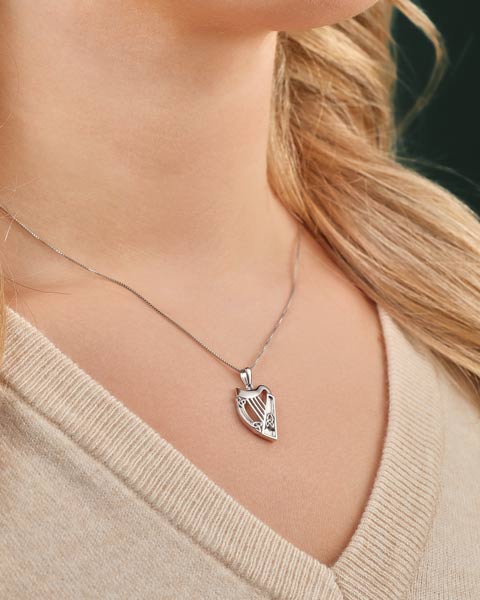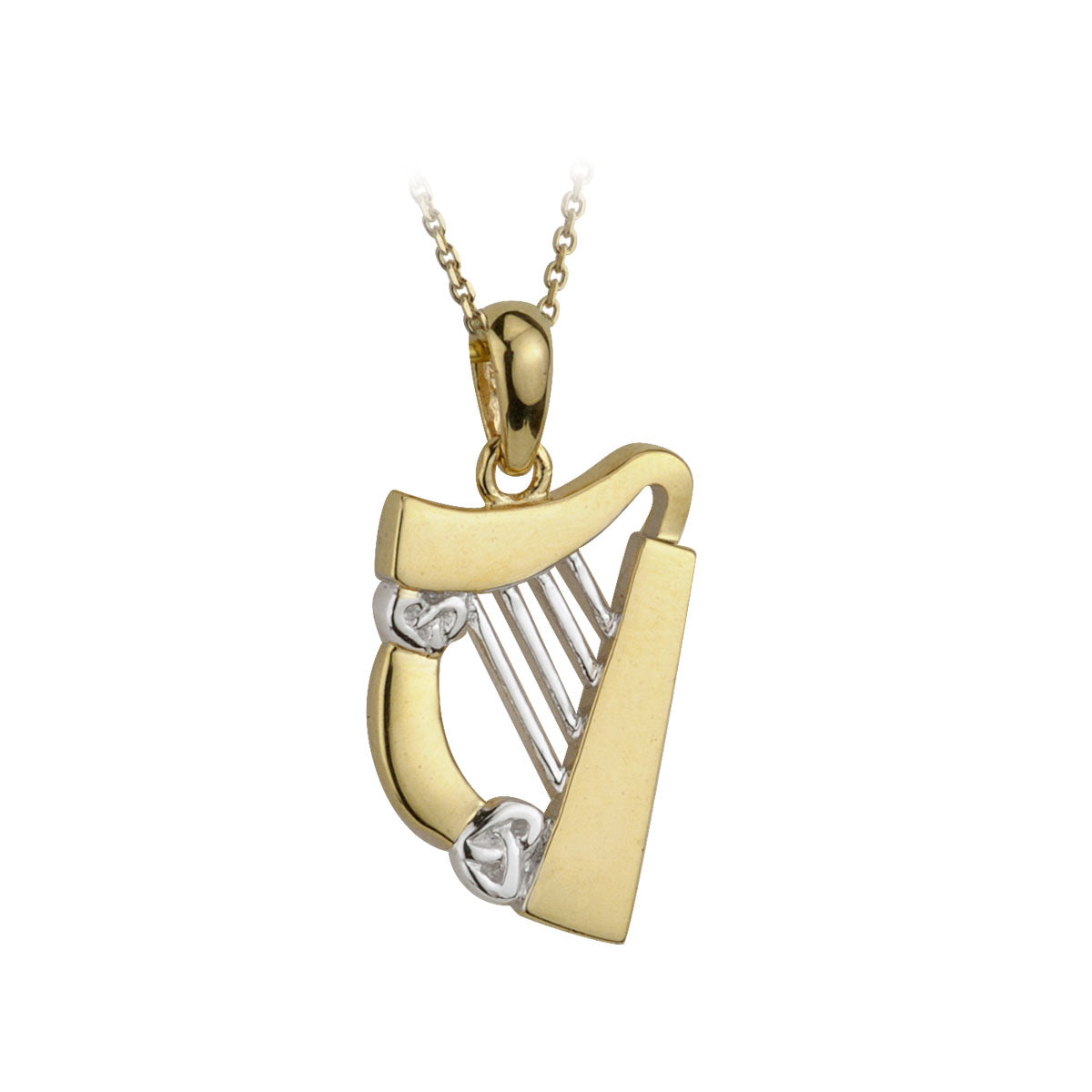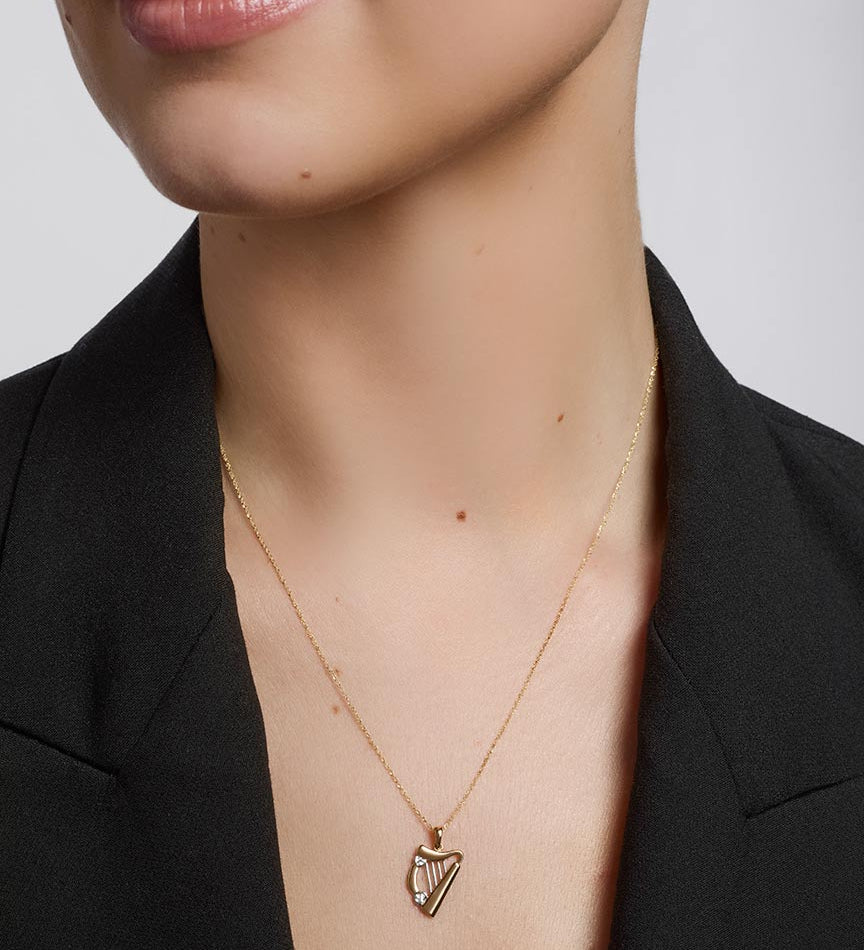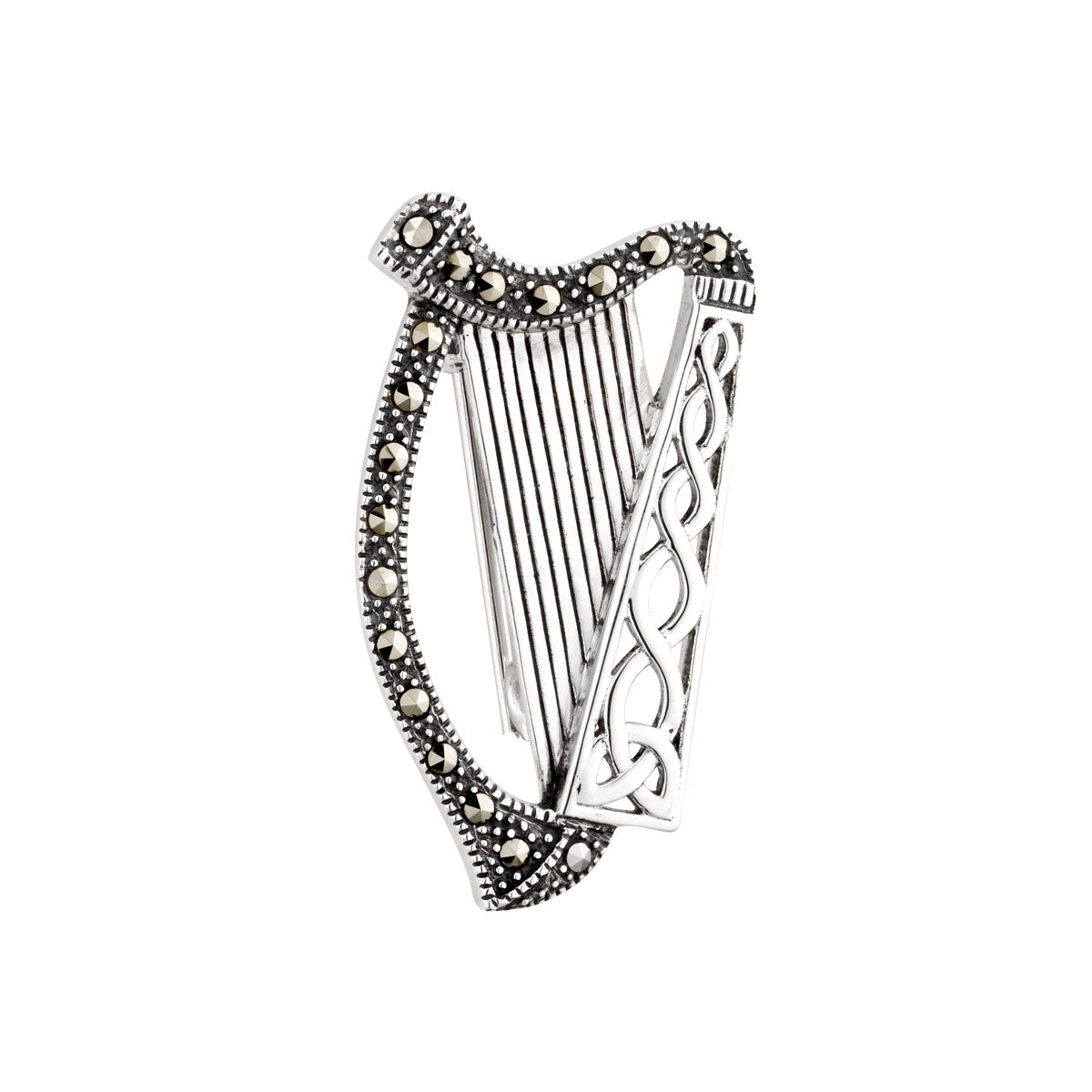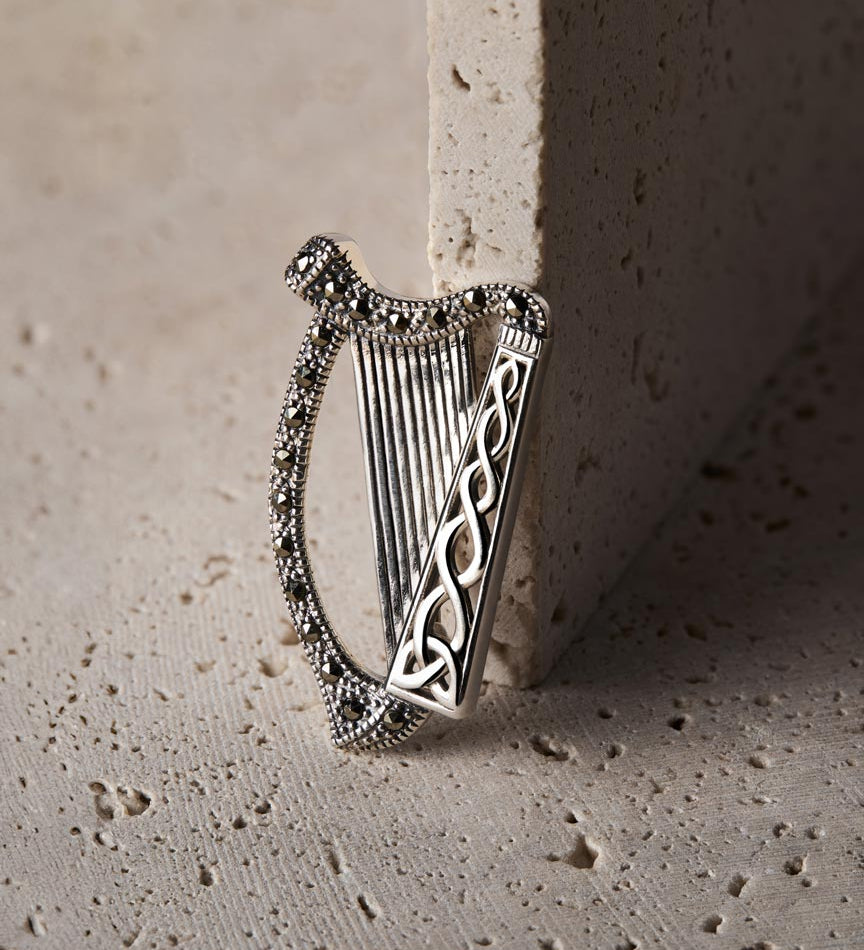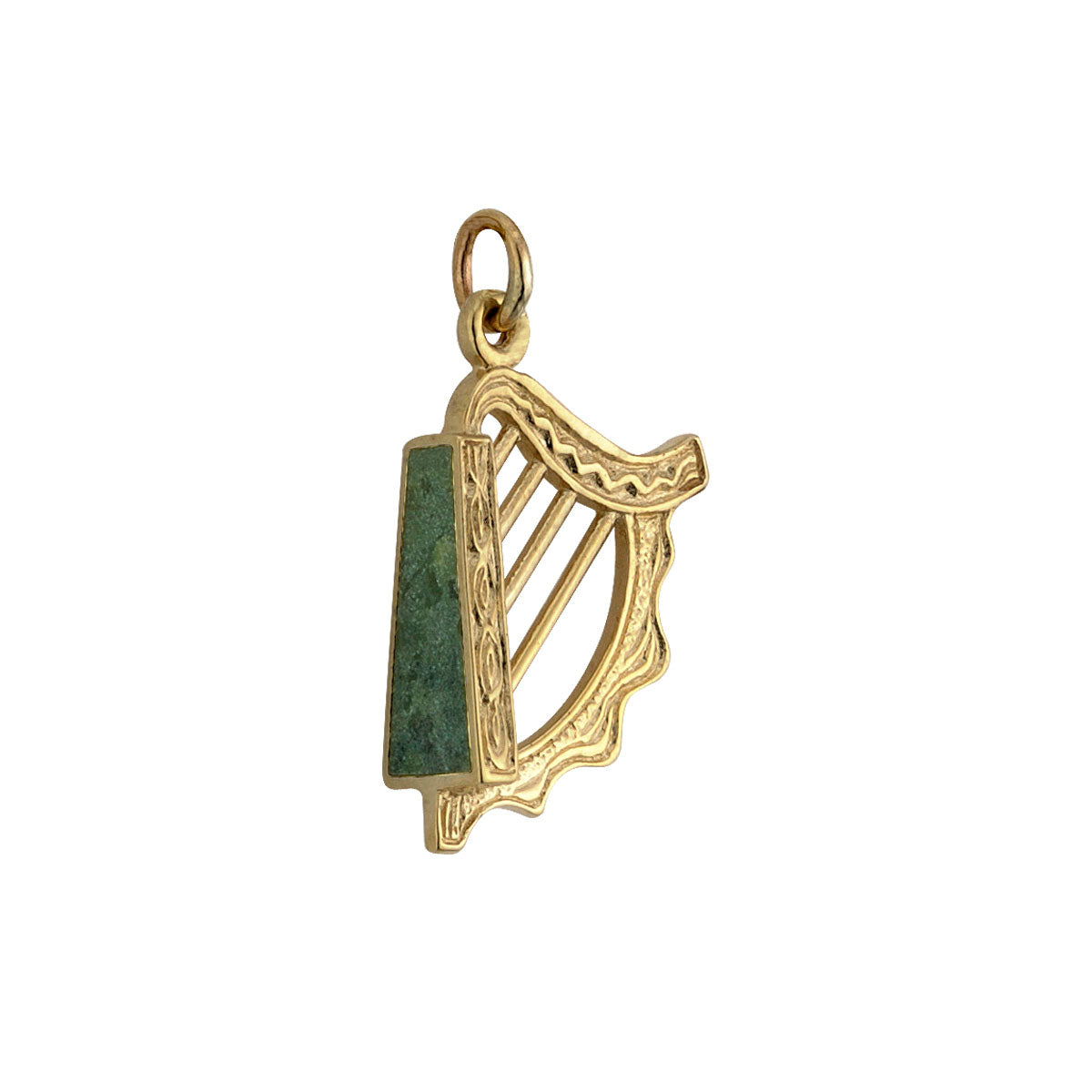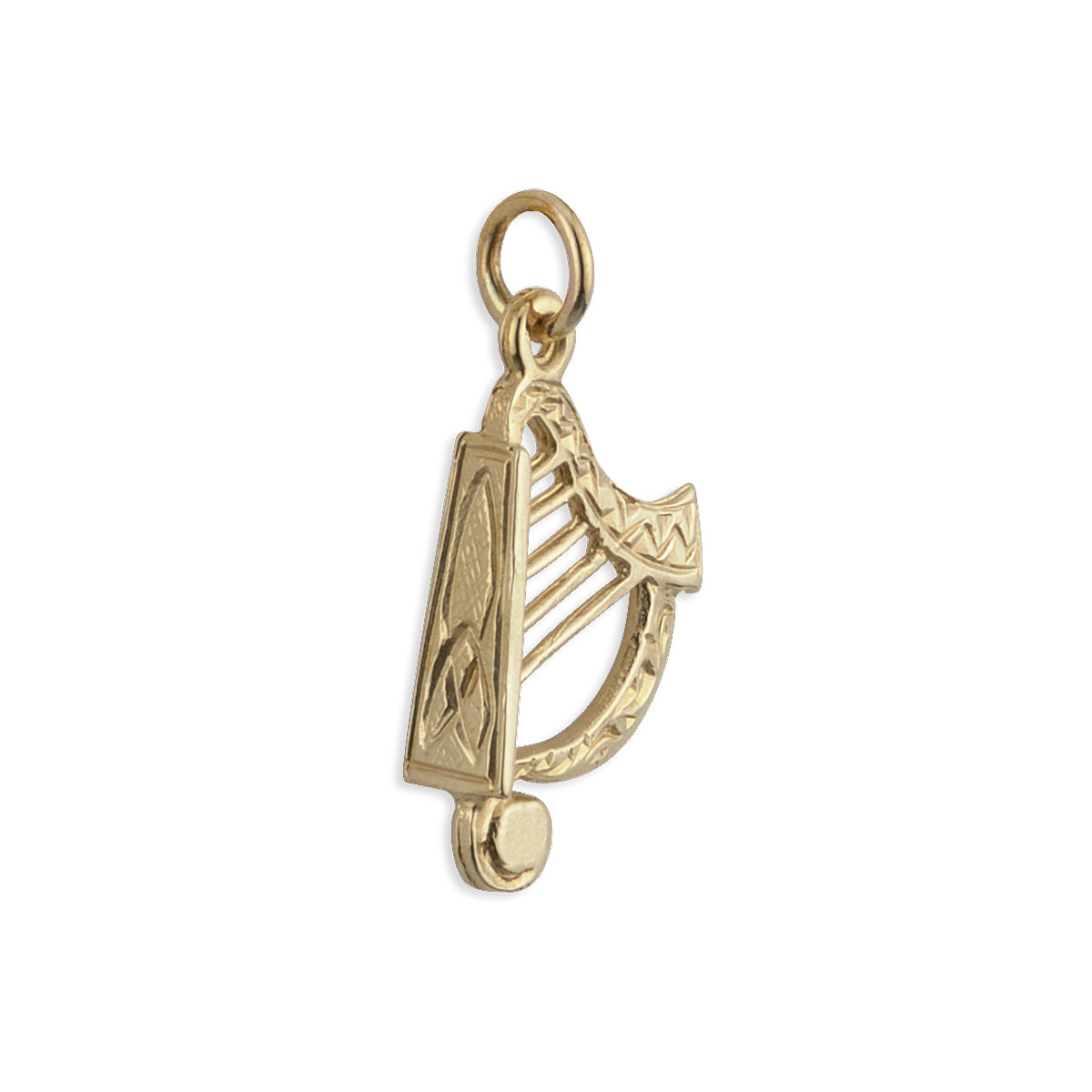
The Gaelic harp was a revered instrument, and the bards who played it were celebrated and given pride of place, and the very best of hospitality in ancient Irish society. In a society that prized music and the spoken word, the musician was second only to the poet in stature. The skill and artistry displayed by these musicians were such that it was seen by Prince John in the 12th century as the sole redeeming characteristic of an otherwise 'barbaric' race. Turlough O'Carolan, the famous blind harper, composer bard and satirist, would have travelled from patron to patron, enjoying their hospitality and sponsorship and in return composing music and ballads in their name to honour them.
With the breakdown of the old Gaelic society and culture heralded by the Flight of the Earls in 1607, the status of the bard and his harp began to decline. Irish culture being largely an oral culture, meant that no written records of music were kept. Folk music legend Edward Bunting was its saviour, when in 1792 he held a traditional hero festival, and notated and saved many ancient traditional folk tunes and recorded styles and terminology. In the 19th century, with revolution in the air and a re-awakening in interest in Irish culture, the harp became a symbol of Irish pride and resistance, so much so that the instrument was banned for a time.
Few truly traditional harps survive from the medieval period in Ireland. The oldest surviving harp from this period is the 15th century Brian Boru harp, (or the O'Neill Harp), which is on display in the Long Room of Trinity College in Dublin. It is a distinctly Irish design, smaller than most harps and with a unique sound, which is due to the large resonating chamber, carved from a single willow log. The official harp symbol you see on currency and government documents is based on this harp - as is Solvar's harp dainty and beautiful harp collection.

